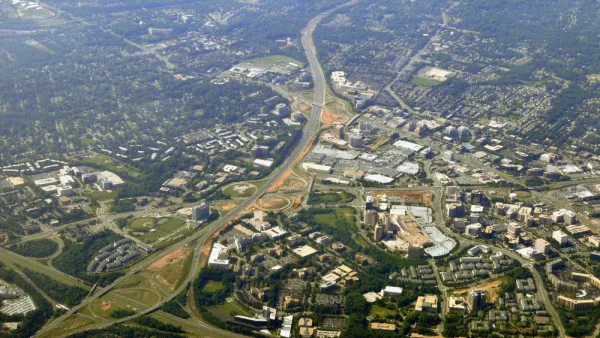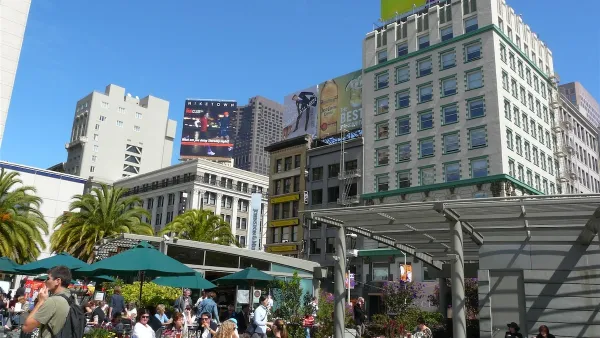Articles that claim online commerce have surpassed sales at brick and mortar stores are wrong, according to an article on City Observatory.

Online sales, or e-commerce, has grown rapidly in the past few years, but widely published assertions that they represent half of all retail sales are simply not true, according to a story by Joe Cortright. Cortright cites stories in Next City and Fortune that claim internet sales have surpassed those from brick and mortar stores, Cortright cites data from the Census Bureau that directly contradicts those stories, "E-commerce retail sales in the second quarter of 2016 were $97 billion, equal to about 8.1 percent of total retail sales in the U.S." This is not a difference that could be explained away as the natural variance between two studies. It's a difference in kind.
In tracking down the source of these statistics, Cortright came across an online study of frequent, avid online shoppers that specifically sought out heavy users of online shopping to investigate their perspectives.
The fallout of this growing misunderstanding of physical retail can have large implications for planners. Retailers are the crossroads of our cities and towns. They make our cities worth walking through. If they're being replaced, we need to know. Trends in retail become trends for cities, but exaggerating that process is counterproductive.
FULL STORY: Lies, damn lies, and (on-line shopping) statistics.

National Parks Layoffs Will Cause Communities to Lose Billions
Thousands of essential park workers were laid off this week, just before the busy spring break season.

Retro-silient?: America’s First “Eco-burb,” The Woodlands Turns 50
A master-planned community north of Houston offers lessons on green infrastructure and resilient design, but falls short of its founder’s lofty affordability and walkability goals.

Delivering for America Plan Will Downgrade Mail Service in at Least 49.5 Percent of Zip Codes
Republican and Democrat lawmakers criticize the plan for its disproportionate negative impact on rural communities.

Test News Post 1
This is a summary

Test News Headline 46
Test for the image on the front page.

Balancing Bombs and Butterflies: How the National Guard Protects a Rare Species
The National Guard at Fort Indiantown Gap uses GIS technology and land management strategies to balance military training with conservation efforts, ensuring the survival of the rare eastern regal fritillary butterfly.
Urban Design for Planners 1: Software Tools
This six-course series explores essential urban design concepts using open source software and equips planners with the tools they need to participate fully in the urban design process.
Planning for Universal Design
Learn the tools for implementing Universal Design in planning regulations.
EMC Planning Group, Inc.
Planetizen
Planetizen
Mpact (formerly Rail~Volution)
Great Falls Development Authority, Inc.
HUDs Office of Policy Development and Research
NYU Wagner Graduate School of Public Service





























